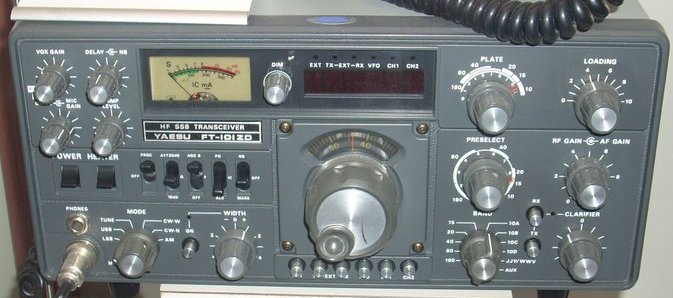|
12BY7
The 12BV7, 12BY7, 12BY7A, and equivalents were a class of medium-low gain, pentode vacuum tubes, vacuum tube amplifiers using the Tube socket#Noval base, Noval socket configuration. Although originally marketed as pentode tubes for use in early Television set, television receivers, they found additional uses in audio and radiotelephone equipment. The series shares the EIA 9BF pinout with a number of other miniature pentode tubes of the era. The most successful tube in this series, 12BY7A was introduced by General Electric in June 1955 as a demodulated video signal amplifier for television receivers. Its design specifications called for linear gain along a wide bandwidth (approximately 4 MHz) with low transconductance (13 Siemens (unit), Millimhos (Millisiemens)) and high Sensitivity (electronics), sensitivity. This combination of sensitivity, bandwidth and price lead to its popularity in audio amplification systems during the tube era. Functional equivalents Like other vac ... [...More Info...] [...Related Items...] OR: [Wikipedia] [Google] [Baidu] |
Yaesu FT-101
Yaesu FT-101 is a model line of modular amateur radio transceivers, built by the Yaesu Corporation in Japan during the 1970s and 1980s. FT-101 is a set that combines a solid state transmitter, receiver and a tube final amplifier. Its solid state features offer high-performance, low-current characteristics and its tube amplifier provides an almost mismatch-resistant transmitter and tuner stage. FT-101s were made with plug-in circuit boards that could be sent to the dealer or factory for replacement or repair. Until then, modular design was unprecedented in the amateur community. This also explains the fact why so many FT-101s are still in use today. The rig was sold worldwide as Yaesu FT-101 and in Europe as Yaesu FT-101 and as Sommerkamp FT-277. Because of its reliability it earned its nickname "the workhorse". Technical description The original FT101 Series (1971-1977) had dual conversion, with 5 MHz Receiver first IF, a very stable and linear 9 MHz VFO and 3.2&nbs ... [...More Info...] [...Related Items...] OR: [Wikipedia] [Google] [Baidu] |
